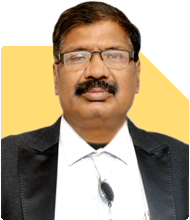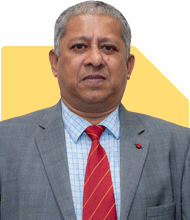Ravi Mittal |536 Answers |Ask -Follow
Dating, Relationships Expert - Answered on Mar 04, 2024
He founded QuackQuack, an online dating platform, in 2010 with just two people. Today, it has over 20 million users in India.... more

Plzzz I m single help me mam
I understand that you want a partner. You can try dating apps. If you want a serious relationship, there are some great apps that cater mostly to people looking for something genuine and sincere. Just do a little research and find the dating app that aligns with your needs. Mention your likes and dislikes, what you want to see in your partner, and all that you can offer to your partner in your bio. This will attract the right people for you, and help you waste little to no time and energy on incompatible matches.
Best Wishes!
You may like to see similar questions and answers below
Mohit Arora | Answer |Ask -Follow
Dating Coach - Answered on Mar 03, 2024
Anu Krishna |1527 Answers |Ask -Follow
Relationships Expert, Mind Coach - Answered on May 18, 2024
Dr Dipankar Dutta |792 Answers |Ask -Follow
Tech Careers and Skill Development Expert - Answered on Feb 22, 2025
Dr Dipankar Dutta |792 Answers |Ask -Follow
Tech Careers and Skill Development Expert - Answered on Feb 22, 2025
Dr Dipankar Dutta |792 Answers |Ask -Follow
Tech Careers and Skill Development Expert - Answered on Feb 22, 2025
Dr Dipankar Dutta |792 Answers |Ask -Follow
Tech Careers and Skill Development Expert - Answered on Feb 22, 2025
Radheshyam Zanwar |1216 Answers |Ask -Follow
MHT-CET, IIT-JEE, NEET-UG Expert - Answered on Feb 21, 2025
Radheshyam Zanwar |1216 Answers |Ask -Follow
MHT-CET, IIT-JEE, NEET-UG Expert - Answered on Feb 21, 2025
Rajesh Kumar Singh |79 Answers |Ask -Follow
IIT-JEE, GATE Expert - Answered on Feb 21, 2025
Prof Suvasish Mukhopadhyay |396 Answers |Ask -Follow
Career Counsellor - Answered on Feb 21, 2025
Prof Suvasish Mukhopadhyay |396 Answers |Ask -Follow
Career Counsellor - Answered on Feb 21, 2025
Prof Suvasish Mukhopadhyay |396 Answers |Ask -Follow
Career Counsellor - Answered on Feb 21, 2025























